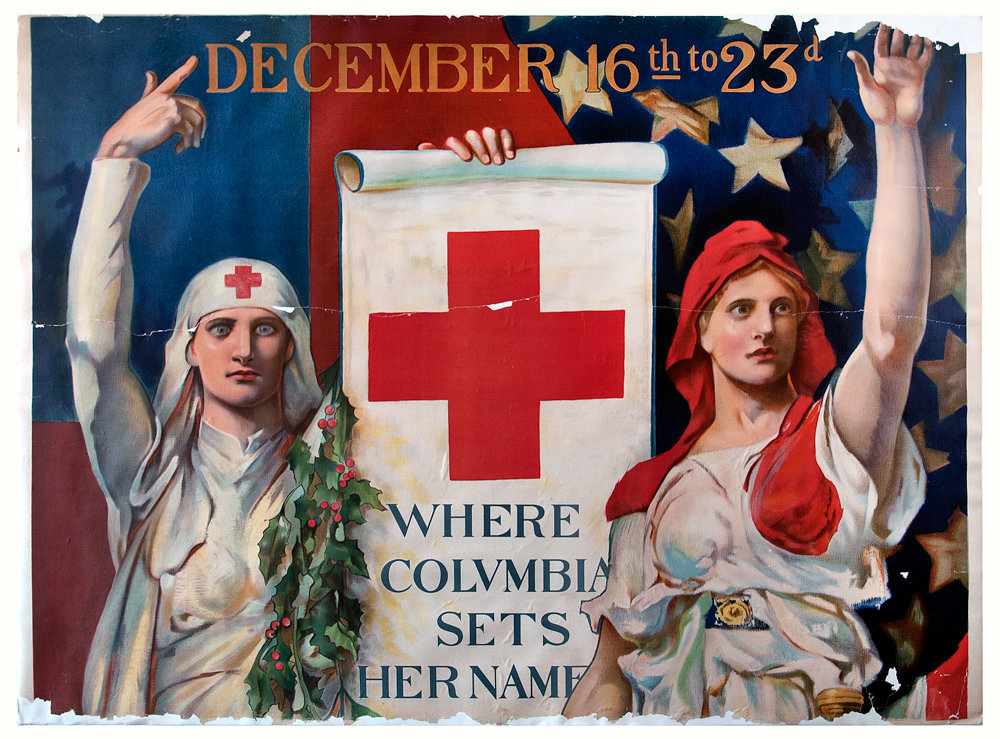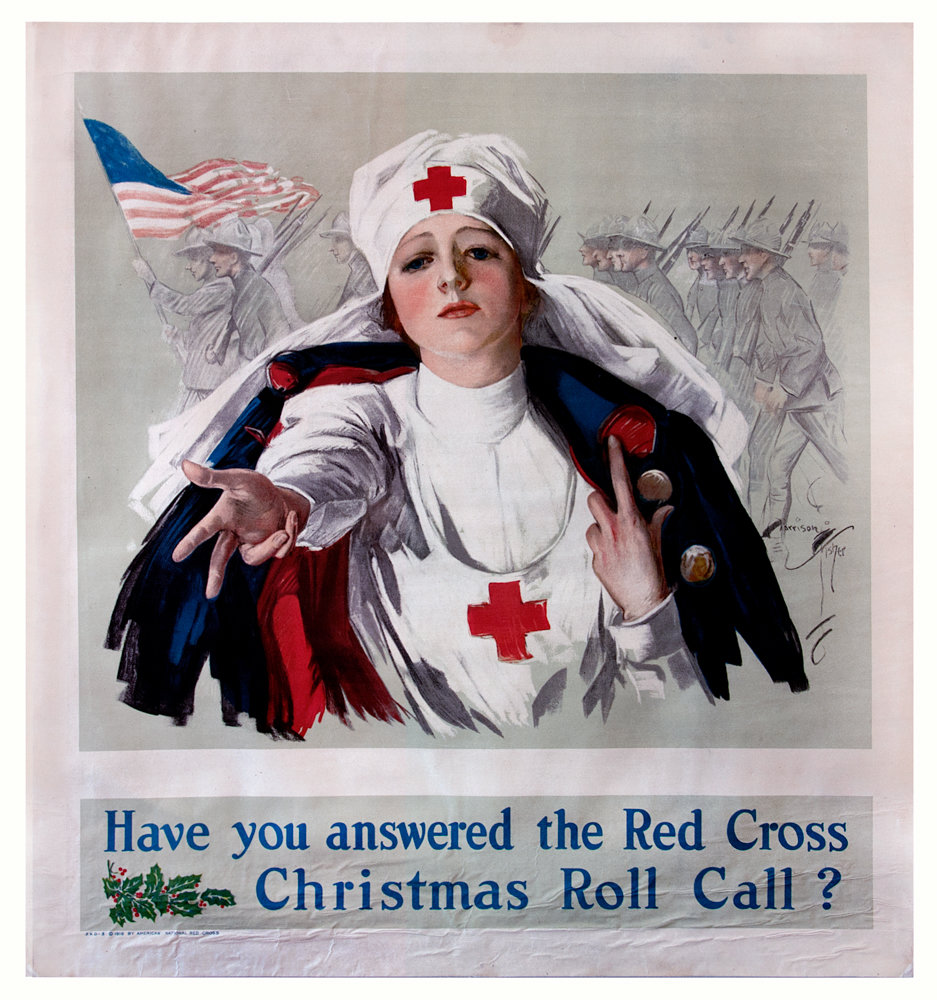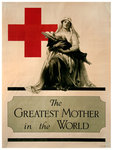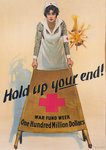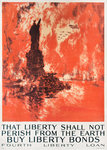World War I posters tell women’s side of the battle
Long before Rosie the Riveter, there were other women who graced the front of war posters.
While they weren’t necessarily based on real people, these women were allegorical figures ranging from a Joan of Arc-inspired woman campaigning for people to buy war bonds to female nurses encouraging others to care for wounded soldiers.
Now, they’re in the spotlight again for the Hudson River Museum’s latest exhibition, “Women and War: Feminine Imagery in World War I Posters,” on display through Jan. 20.
Nine female-focused posters are being shown at the Yonkers museum, and the opportunity to feature them was thanks to its previous exhibit, “On the Homefront: World War I Posters from the Collection,” last November.
There, only a tiny fraction of the 700 poster designs created for 58 governmental departments and committees in 1917 were shown as part of the 100th anniversary of World War I.
The inspiration to bring this theme of female imagery was initially inspired by the 100th anniversary of Armistice Day, the official end to World War I that took place Nov. 11.
Laura Vookles, chair of the Hudson River Museum’s curatorial department, had already been interested in putting some of the posters back up, and when she started doing research on the women portrayed in many of the posters, it immediately struck her that there was more that meets the eye in how they were being presented to promote war propaganda.
“Maybe you just think it’s going to be the obvious like ‘sex sells’ or something like that,” she said. “These other scholars opened my eyes to how many different ways you could unpack those ideas.”
As Vookles did more research, she learned about how these allegorical women were intended to appeal to everyday American women. While some illustrations weren’t relatable, others were often of women taking care of others.
“I think the idea of being a mother and being a caregiver was so familiar to the women of that era,” she said. “The idea that they could adapt that in other ways (and) could maybe take it to another level.”
Looking at how a modern-day woman can relate to these posters, Vookles said it’s about putting yourself in their shoes, asking important questions about what kind of imagery they were being bombarded with at the time, what they were thinking when they were exposed to it, and if there are any differences to how women are portrayed in advertising today.
“Sometimes, it seems very different,” Vookles said. “And sometimes, unfortunately, it seems not so different when you think about a lot of the propaganda imagery and advertising that we’re still subject to today.”
Vookles added it’s important to keep in mind the posters came at a time when women were only a few years away from receiving the right to vote and how much that changed the country.
“I think sometimes we get a little bit comfortable that it’s important to look back and just realize how far things came,” she said.
“I just get up and I go vote, but this was a struggle that went on for 100 years almost.”
Until the posters come down in mid-January, Vookles hopes this exhibition inspires meaningful conversations between visitors, allowing them to “look critically” at the art they see in the future.
“You have a little bit of vocabulary and understanding that next time you see a poster or ad, or even a painting in an art museum,” she said, “maybe you’re going to ask yourself different questions.”

